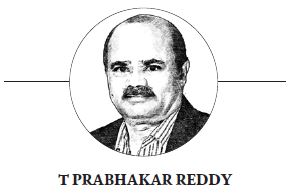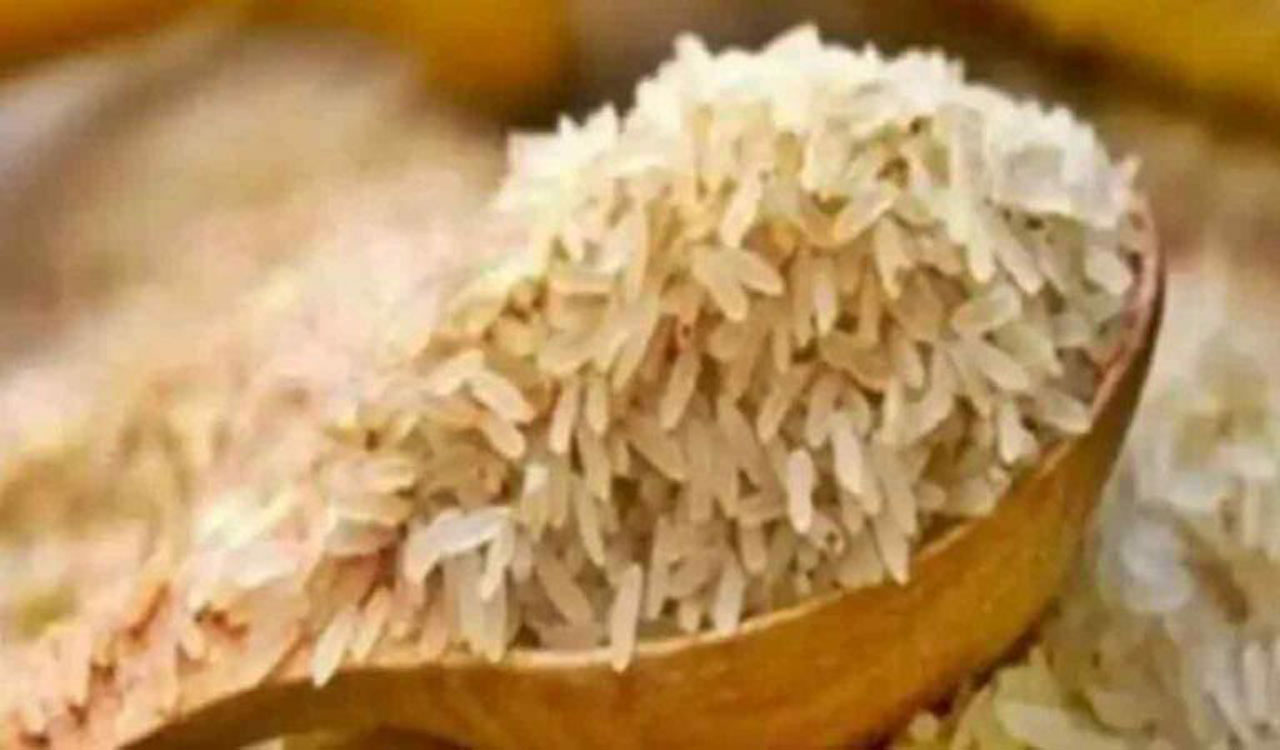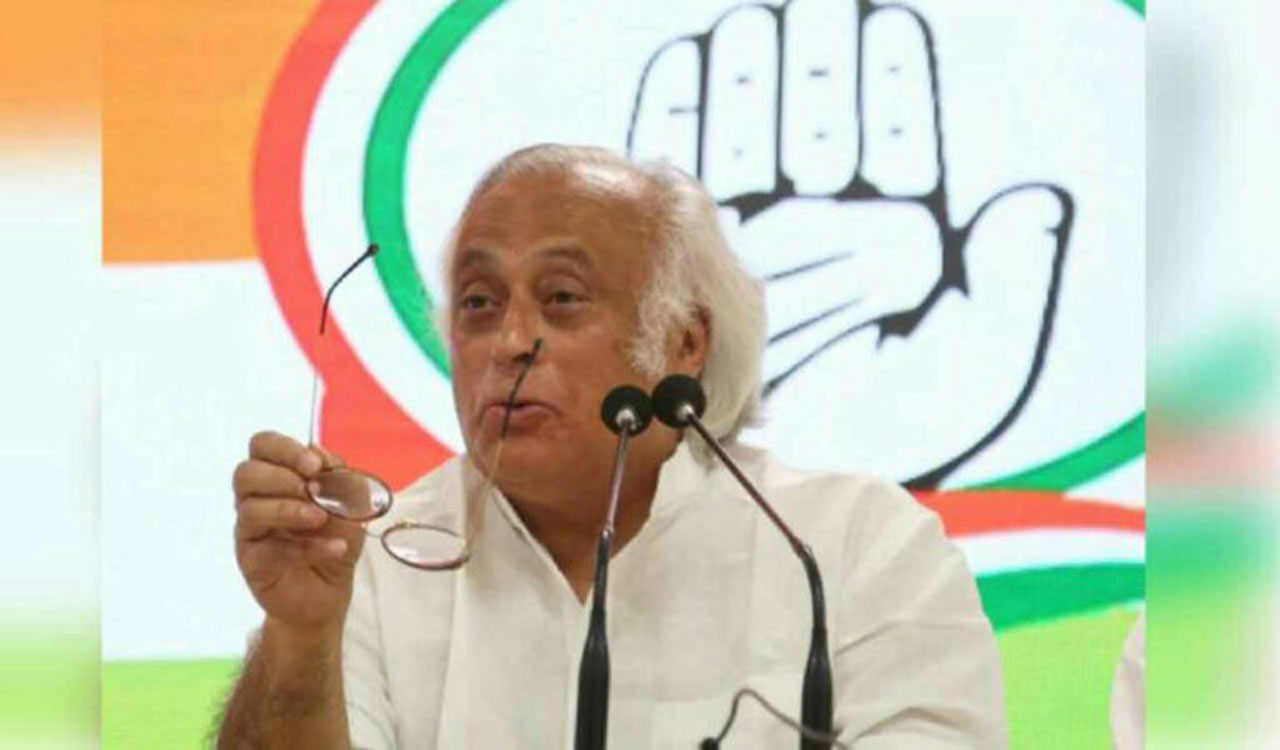Opinion: Strengthen social policy
Constitute Social Protection Commission on priority to improve the efficiency of social schemes

By T Prabhakar Reddy
Policy is an effective tool in the hands of the government in implementing a programme that resolves issues and ensures ease of living to the people. When the government intends to serve the people, the first step is to design a policy that reflects people’s challenges and tries to resolve them. Therefore, it is non-negotiable that designing a pro-poor policy and its effective implementation will thus lead to delivery of services to the people.
The word ‘policy’ indicates the principles that govern action towards an intended outcome or a change. Policy can be succinctly put as action-oriented and change-oriented. Of all the policies, social policy is key to resolving the issues of the poorest of the poor directly, and hence assumes significance.
Social Policy
Social policy aims to identify and find ways of reducing inequalities in access to services and programmes and support between social groups defined by socio-economic status, race, ethnicity, migration status, gender, sexual orientation, and disability and age. Social policy is an important academic subject that emerged from social administration. The focus of social administration is to prepare personnel in social services such as social security, housing, health, social work and education with employment, prisons, legal services and community safety. To put it simply, any government service that intends to improve the quality of life of the deprived communities can be categorised under social policy.
The main areas of social policy include the following (Spicker, 2014):
• Health policy, education, employment, social security, community care and housing
• Uncertain circumstances wherein people’s welfare is in risk due to disability, disaster, old age, illness and family breakdown
• Anti-social subjects like crime and drug addiction
• Socially disadvantaged such as transgender people, poverty stricken community
• An arrangement of collective social responses like provision of financial aid, voluntary efforts and government-community partnerships for addressing the above social problems
Social Protection
Social protection is the panacea for poverty alleviation and reducing inequalities in developing world through redistribution of resources. Further, the growing inequalities in India are affecting the global inequalities in a substantial manner as the population is huge in our country. Hence, when social protection is implemented effectively, poverty and inequalities can be reduced to a great extent.
According to the World Bank, well-designed social protection systems when implemented can powerfully shape countries, enhance human capital and productivity, reduce inequalities, build resilience and end the inter-generational cycle of poverty. It has been established that such systems are ‘transformative’ as they not only help the poor and most vulnerable mitigate economic and fiscal shocks but also help ensure equality of opportunity by giving them a chance to come out of poverty and become productive members of society. Well-designed social protection programmes are cost-effective, costing countries on average about 1.5 per cent of the GDP (The World Bank in Social Protection, 2020).
In fact, the ‘expenditure on social protection’ by the central government is reasonable and needs to be assessed to discern how much it is as a percentage of GDP and in what areas it can be ramped up. Expenditure on food subsidy although it appears substantial in absolute numbers, it is small when seen as a percentage of GDP which has declined from 0.7% to 0.6% in the recent union Budget. However, it was 2.7% during 2020-21 as the pandemic necessitated increasing the allocations. But the fact is that there is an inevitability for increasing budget allocations aiming at the well-being of children and women given their vulnerability at present. It is a great instrument in the hands of the government in addressing issues like poverty, unemployment and inequality among others.
Best Practice: ONORC
The initiative of ‘one nation one ration card’ is nothing but the public distribution system, and forms part of social protection. It has become a great success insofar as ensuring the distribution of foodgrains to the poor and enabling the portability of their ration anywhere in the country. Further, emerging technology and changes in governance have facilitated the implementation of the initiative from a pro-poor perspective.
Also, following the salient features of the National Food Security Act, 2013, the coverage has reached more than 800 million people which is something remarkable. It became possible due to the digitisation of ration cards along with ‘Aadhaar seeding with digitised ration cards’ and e-PoS devices at fair price shops among others. Further, the success of the initiative is due to the use of latest technology and e-governance which facilitated online allocation of foodgrains up to fair price shop level. Besides, ‘mera ration’ application facilitated the monitoring of the ration availability from time to time at the FPS level and enabled the updation of KYC details.
Social Protection Commission
There is a great need for the constitution of Social Protection Commission immediately and review the expenditures made on programmes and schemes pertaining to social protection in India. The Commission would look into the expenditures made, the beneficiaries and their social background and inclusion and exclusion errors, if any apart from ascertaining the need for child-sensitive and gender-sensitive social protection programmes. It is heartening to note that the central government is implementing PDS as a legal right with a food subsidy of Rs 2,05,250 crore allocated in the union Budget 2024-25, which comprises subsidy to FCI, subsidy to States, sugar subsidy and PM Garib Kalyan Anna Yojana. As a matter of fact, all the components of food subsidy have been subsumed under the Pradhan Mantri Garib Kalyan Anna Yojana (PMGKAY) for the purpose of free distribution of foodgrains from 2024-25 onwards.
It is high time we had a Commission with economists to review the coverage and implementation from time to time and suggest new innovations in reducing the cost of distribution and improving the efficiency of it. The Commission would also ensure transparency in distribution with digitisation and accountability to the people. One such example is available in Indonesia wherein the central government allocates funds and devolves to the local self-governments to utilise the same during natural calamities and when shocks occur. For this, developing a ‘social registry’ is critical in providing the benefit to the intended beneficiaries only.
Mobilising resources is not a problem as there are unexplored areas of tax collection wherein tax can be introduced on bio-diversity resource extraction, natural resources extraction like granite, gold, petroleum and gas. In fact, the Mine and Minerals Development and Regulation (Amendment) Act, 2015, can be utilised to collect and utilise the tax revenue for the social protection programmes.
It has been established that social protection would facilitate escaping from falling into poverty while bringing those above the poverty line who are BPL population and guaranteeing minimum consumption levels among others. More importantly, ensuring inter-departmental coordination, avoiding overlap in the delivery of programmes both within and across levels of government and finally enhancing the accountability is need of the hour.

(The author is Senior Advisor, Research and Training, Dr MCR HRD Institute of Telangana. The views are personal)
Related News
-
Cartoon Today on December 25, 2024
3 hours ago -
Sandhya Theatre stampede case: Allu Arjun questioned for 3 hours by Chikkadpallly police
4 hours ago -
Telangana: TRSMA pitches for 15% school fee hike and Right to Fee Collection Act
4 hours ago -
Former Home Secretary Ajay Kumar Bhalla appointed Manipur Governor, Kerala Governor shifted to Bihar
4 hours ago -
Hyderabad: Organs of 74-year-old man donated as part of Jeevandan
4 hours ago -
Opinion: The China factor in India-Nepal relations
4 hours ago -
Editorial: Modi’s Kuwait outreach
5 hours ago -
Telangana HC suspends orders against KCR and Harish Rao
5 hours ago




